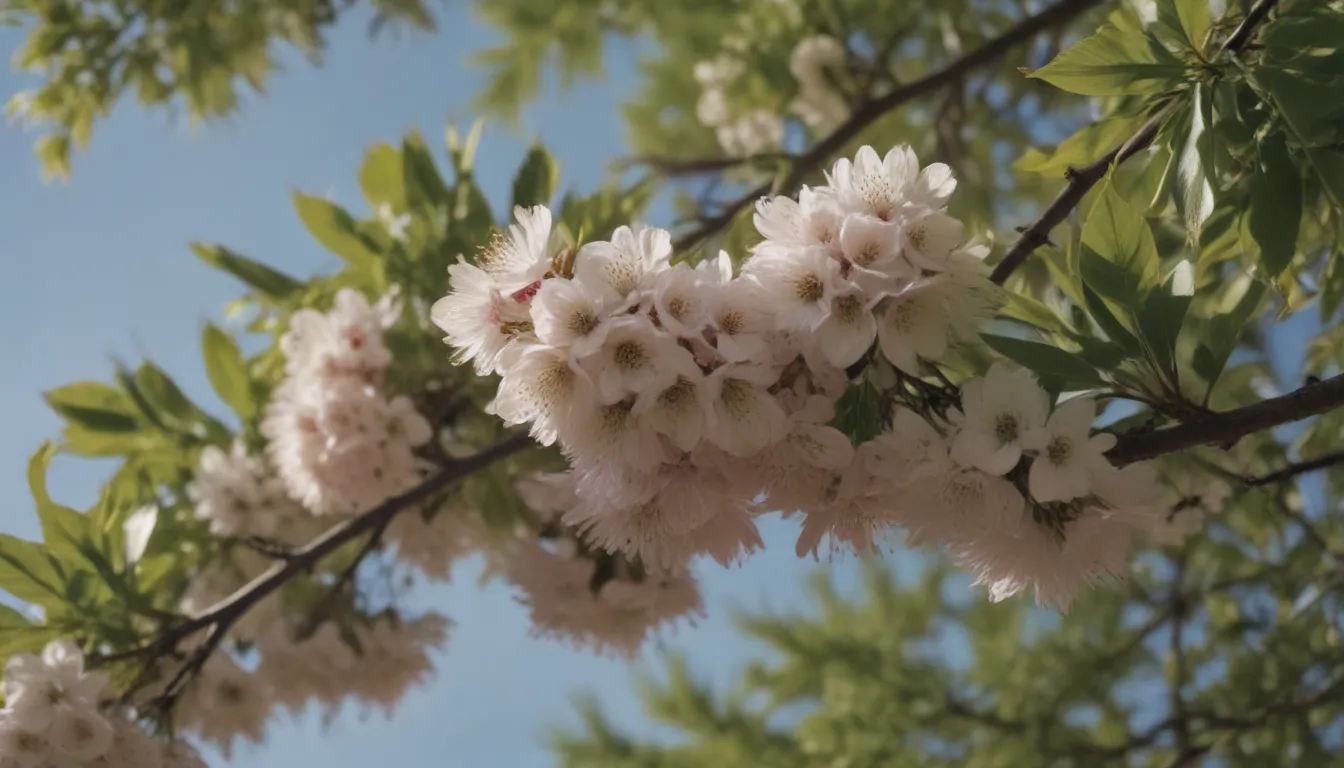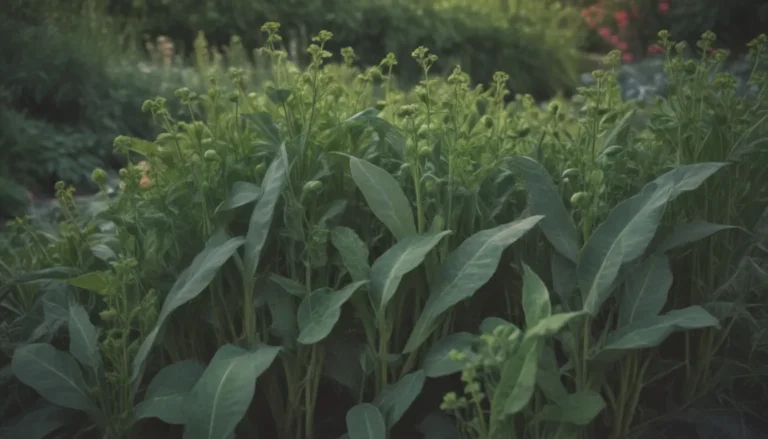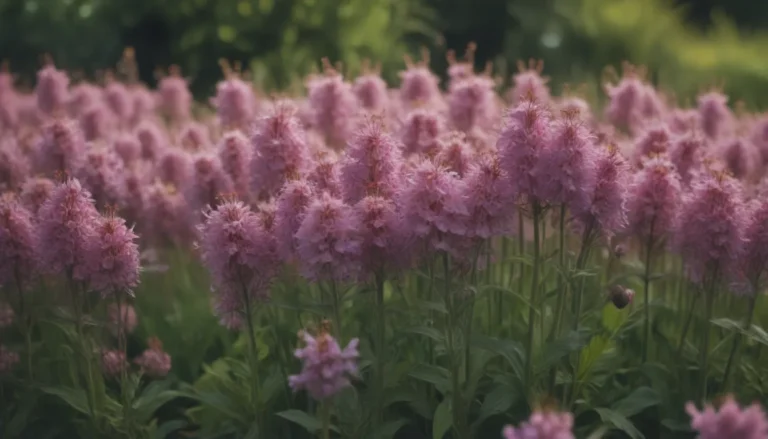Ultimate Guide to Growing and Caring for Saskatoon Serviceberry Trees

Are you looking to add a touch of elegance and beauty to your yard? Look no further than the Saskatoon Serviceberry tree. This native North American shrub is a favorite among gardeners for its charming appearance and delightful berries. In this comprehensive guide, we will explore everything you need to know about growing and caring for Saskatoon Serviceberry trees.
Introduction to Saskatoon Serviceberry Trees
The Saskatoon Serviceberry tree, also known as the Juneberry tree, is a shrub that can reach a height of 8 to 10 feet and a width of 6 to 7 feet. It is named after the Cree word “misâskwatômina,” which means “the fruit of the tree of many branches.” This tree offers three seasons of visual interest, with fragrant white blossoms in spring, juicy purple berries in summer, and stunning autumn foliage in red, orange, and yellow hues.
While some gardeners may find the berries to be messy, they are a favorite among birds and can add a diverse array of songbirds to your yard. The berries have a blueberry-like flavor and are rich in nutrients, including antioxidants, magnesium, iron, vitamin E, and fiber. They can be used in various recipes, such as pies, cobblers, and preserves, or simply enjoyed fresh.
How to Grow and Care for Saskatoon Serviceberry Trees
Planting
Saskatoon Serviceberry trees are excellent landscape specimens for woodland gardens or large border plantings. They can also be used to form hedges or thickets. When planting these trees, consider the following:
- Prune the branches yearly in early spring or autumn to maintain their shape.
- Keep an eye out for root suckers and trim them to control growth.
- Plant them 5 feet apart if you want to create a hedge.
Light
Saskatoon Serviceberry trees thrive in full sun or partial sun. They require a minimum of four hours of direct light per day to ensure proper fruiting in summer.
Soil
These trees prefer slightly acidic, moist, and well-drained soil. They can tolerate alkaline or clay soil. To enhance soil acidity, add peat moss, pine needles, or coffee grounds.
Water
Saskatoon Serviceberry trees have regular water needs and can withstand drought. However, during extended dry periods, deep watering at the base of the tree will help keep it healthy.
Temperature and Humidity
These trees thrive in moderate temperatures and are susceptible to mildew in humid conditions. Avoid planting them in areas with extreme temperatures.
Fertilizer
Apply a light dressing of manure every other autumn to keep the root system healthy.
Propagating Saskatoon Serviceberry Trees
You can propagate Saskatoon Serviceberry trees from seeds collected from ripe fruits. Clean the seeds immediately to prevent fermentation and sow them in fall or spring after cold stratification.
Common Pests & Plant Diseases
Be on the lookout for pests such as fire blight, mildew, rust, fungal leaf spots, and cankers. Rabbits and mice may also chew on the bark, but you can deter them by using a solution of water with shaved Irish Spring soap.
Common Problems with Saskatoon Serviceberry Trees
With proper care and maintenance, Saskatoon Serviceberry trees require minimal attention. Pruning may be necessary to control growth, and adding topsoil around the base if the roots are exposed can help keep the tree healthy. It may take several years for the tree to produce flowers and fruits when grown from seed, but well-maintained trees can bear fruit for up to 20 years.
In conclusion, growing and caring for Saskatoon Serviceberry trees can be a rewarding experience. These beautiful trees offer a feast for the eyes in every season and provide nutritious berries that both birds and humans can enjoy. By following the tips outlined in this guide, you can ensure that your Saskatoon Serviceberry tree thrives and adds beauty to your landscape for years to come.





